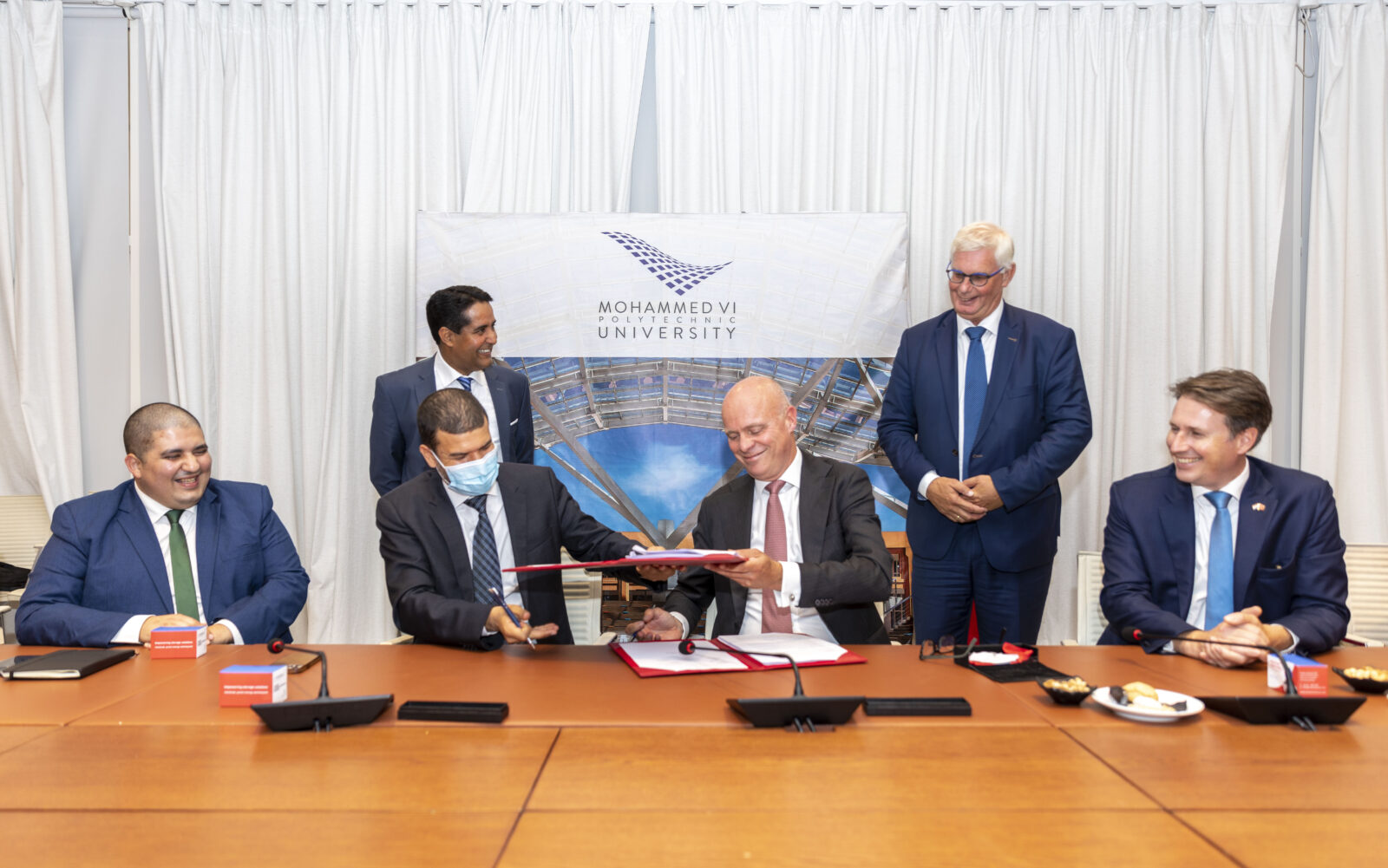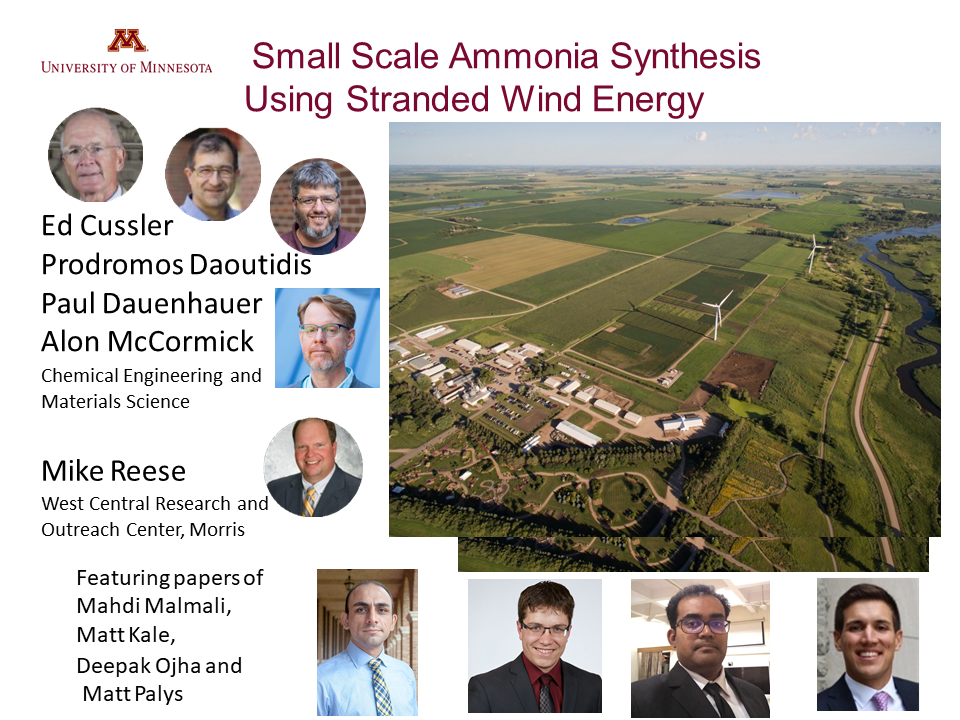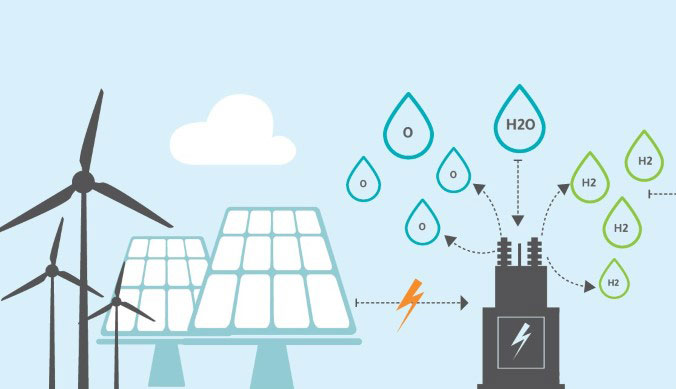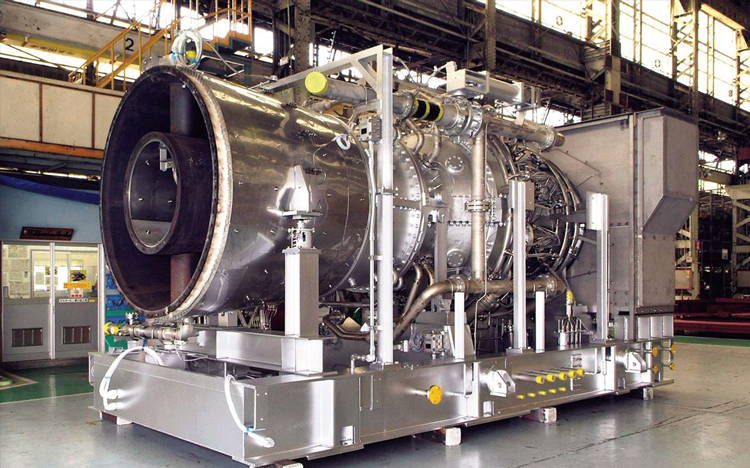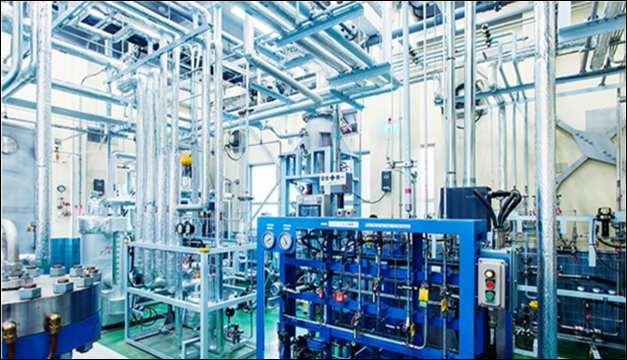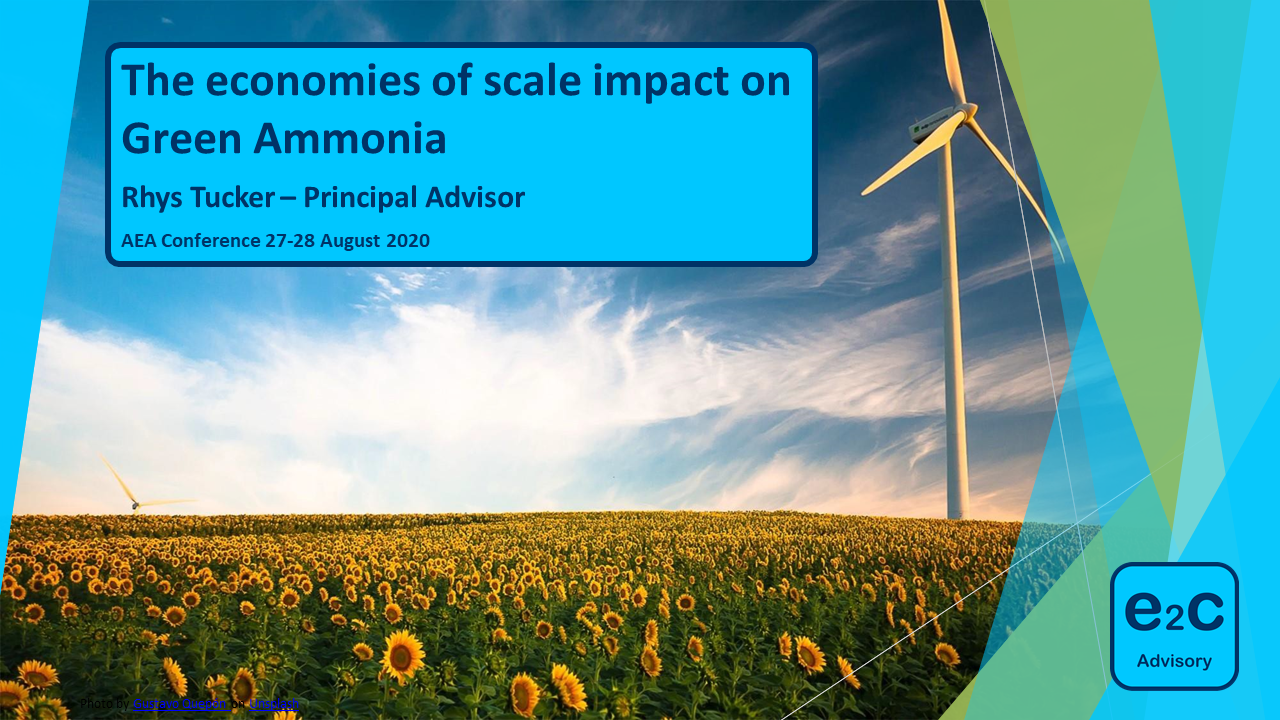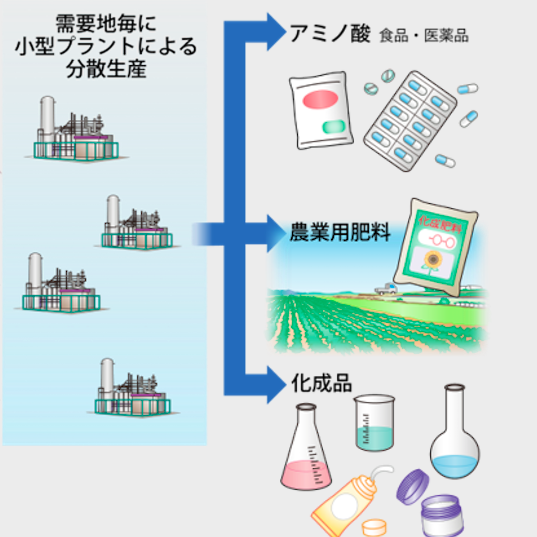Proton Ventures partners with UM6P for renewable ammonia demonstration plant in Morocco
Proton Ventures and the Mohammed VI Polytechnic University have signed an agreement to construct a demonstration-sized ammonia production plant at OCP’s existing manufacturing complex in Jorf Lasfar. The 4 tonne per day plant will be powered via an electrical load emulator, simulating the profiles of wind and solar generation at different geographical sites. The facility will act as a “reference unit” and “living laboratory”, allowing scale-up to larger industrial projects, further R&D and training for the future ammonia workforce.
